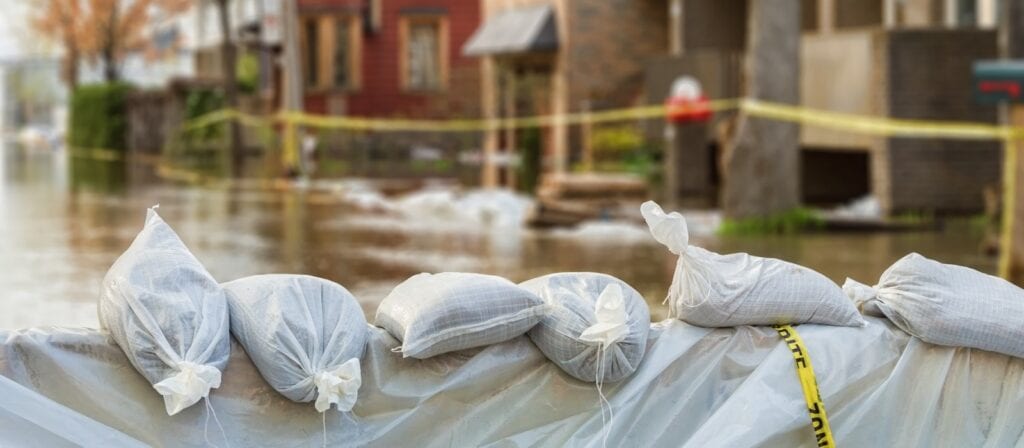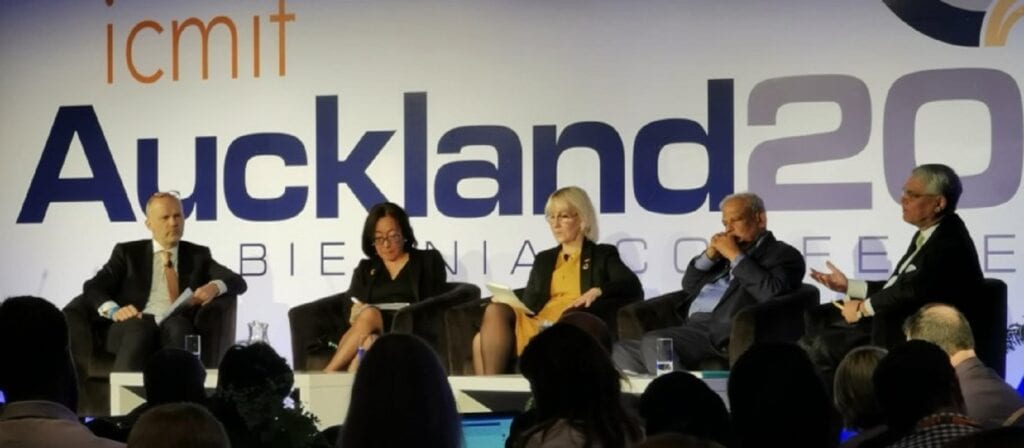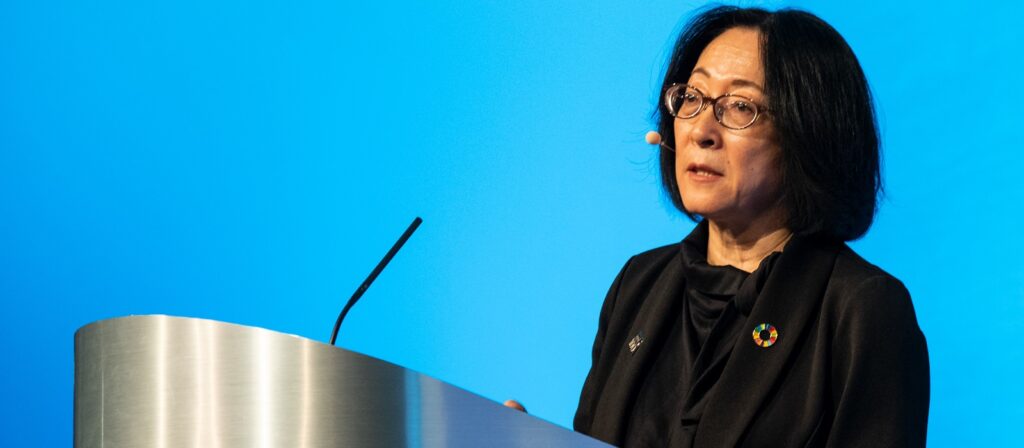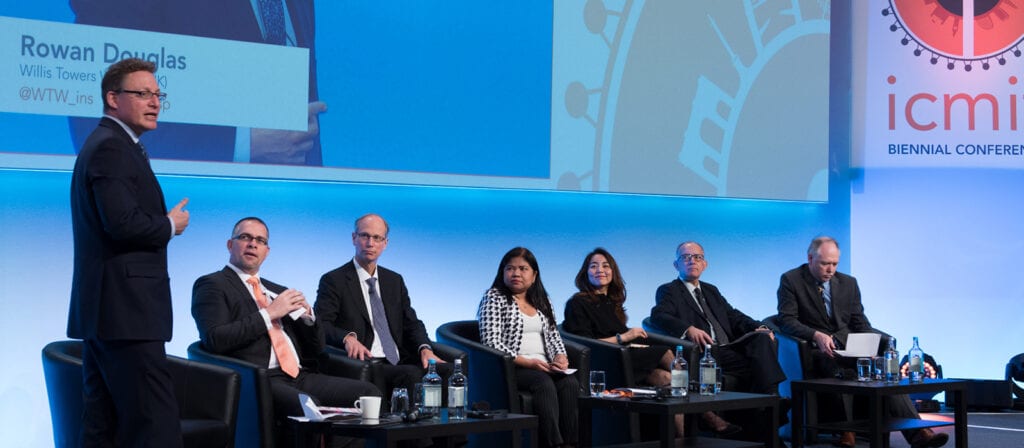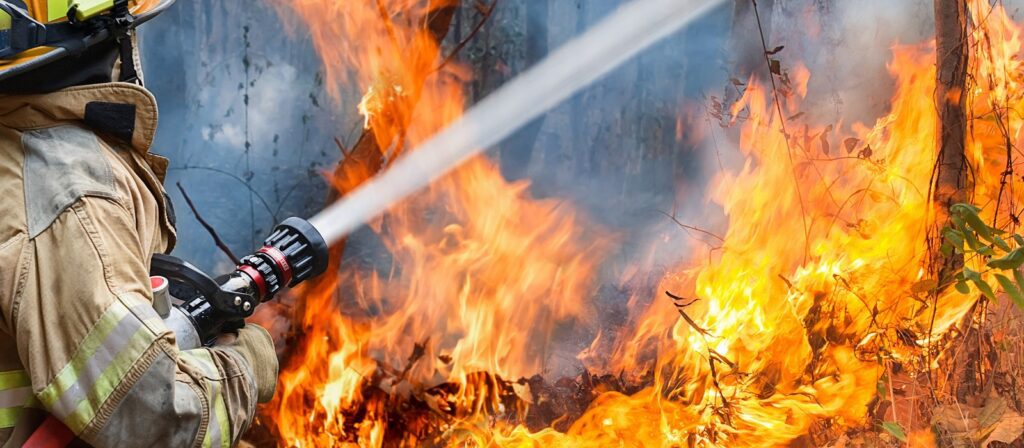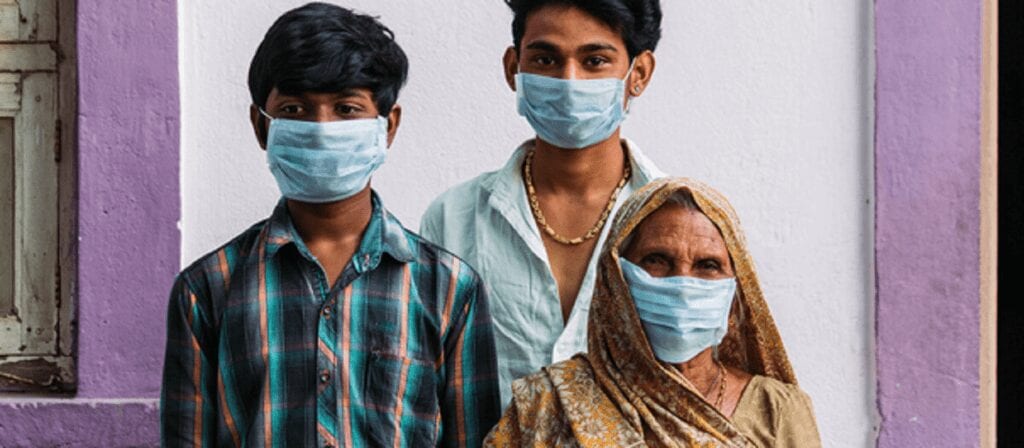Risk reduction is essential for achieving the Sustainable Development Goals (SDGs), Paris Agreement and other 2030 Agenda agreements. Or put differently, continued economic and social development and prosperity is only possible if we start better managing and reducing the rising risks. Resilience is an imperative for the future.
Every year, disasters push 26 million people into poverty, and all major disasters are the result of climate change and weather-related events. These events are being experienced in all countries, and while it is encouraging to note that mortality is reducing, the economic losses from disasters are increasing. The impact of disasters is felt most sharply in low-income countries, which are unable to bounce back after a disaster.
The risk landscape has changed and continues to change rapidly. Our historic knowledge of risk no longer applies and surprise is the new normal. Risk models, which are wrong already, have no value for the increasingly complex, interconnected and cascading risk landscape, requiring a new approach to risk and resilience.
From protection to prevention
Disaster management mainly focuses on providing relief after disaster strikes and although it is important, it is no longer enough. A shift is needed to disaster risk prevention.
Risk is everyone’s business; nobody, no group, can do it alone. A ‘bottom-up approach’, namely engagement from community level, is crucial. The mutual/cooperative industry is focused on communities, which gives it a clear comparative advantage. Mutual/cooperative insurers can lead the way by:
- Sharing their data, to aid better risk understanding.
- Making risk-informed investments.
- Creating incentives for risk reduction.
- Closing the protection gap.
Partnerships will also play a vital role. The partnership between the UNDRR and ICMIF is seeking to create a prevention framework for the cooperative/mutual insurance sector. This is based on best practices and lessons learned, leading to recommendations for tools and guidance to support cooperative/mutual insurers wishing to contribute to the achievement of the SDGs.
